THEO PANAYIDES looks at what could be the most modern – yet primal – of sports after enjoying Cyprus’ first competition
The radio presenter is doing his best with a tricky assignment: a live broadcast from Renegade in Action at Eleftheria Square in Nicosia, the first-ever parkour competition to be held in Cyprus. “Parkour,” he gushes, trying to boil down a sport that may be unfamiliar to many of his listeners, “has everything!”
That may or may not be true of parkour itself, the athletic discipline (not yet an Olympic sport, though discussions are underway) established in France in the mid-1990s – but it’s certainly true of Renegade in Action, a day out that really did have everything.
Even before the athletes have gathered, the various cottage industries that appear at every event have already sprung up. There’s face-painting. There’s a stall selling handmade bags, another selling “handmade flutes and whistles”, and another selling bonsai trees. There’s a burger stand, a bar with Leon beer – and, more incongruously, a stall giving out information about the EU elections, allowing you to peruse a pamphlet while munching your burger and sipping your beer.

The usual ear-splitting dance music is here. The sponsors’ names are also, of course, much in evidence. Jeep is the designated ‘Gold Sponsor’ – lower sponsorship rungs include the likes of Bean Bar, Foody, Electroline, Tuborg and (for some reason) the Glafkos N. Raphael law office – and a Jeep Wrangler sits in a prominent position, to be admired by the milling crowds.
It’s a Sunday morning, a family day out. “Grandma doesn’t know what parkour is!” I overhear one moppet snickering as a family arrives. “I do know! I asked and they told me,” protests Grandma – but of course that’s the point, none of the normies really know what parkour is, though some may have glimpsed it in films like Casino Royale.
It’s not quite an extreme sport, though it can be dangerous. One contestant, Simos Loizides, doesn’t actually finish, limping off with what looks like a sprained ankle at the end of his first run.
But parkour isn’t really that extreme – and it’s not exactly a sport, either, more a way of movement and a state of mind, a physical freedom that’s also a freedom from constraints, a feat of mastery over the urban environment.
“With roots in military obstacle-course training and martial arts, parkour includes flipping, running, climbing, swinging, vaulting, jumping, plyometrics, rolling, and quadrupedal movement,” to quote Wikipedia. “Whatever is suitable for a given situation.”
The competition – organised by Redpoint, a Nicosia gym that’s among the top spots for parkour training – is simple enough. There’s an obstacle course, and the 22 contestants (seven of them in the ‘Youth’, i.e. under-18 category) have to navigate it – first as quickly as possible, going on two speed runs each, then more stylishly, in a section called ‘freestyle’ that includes flips and quasi-gymnastics.
I admit the freestyle round bored me slightly, maybe because the heat had sapped my energy by that point. Searing heat was another feature of the day (it had everything!), the organisers having been forced to postpone from May 19 to June 2 – though they couldn’t have expected such an early start to the summer. It’s since been announced that next year’s edition will take place in the evening.
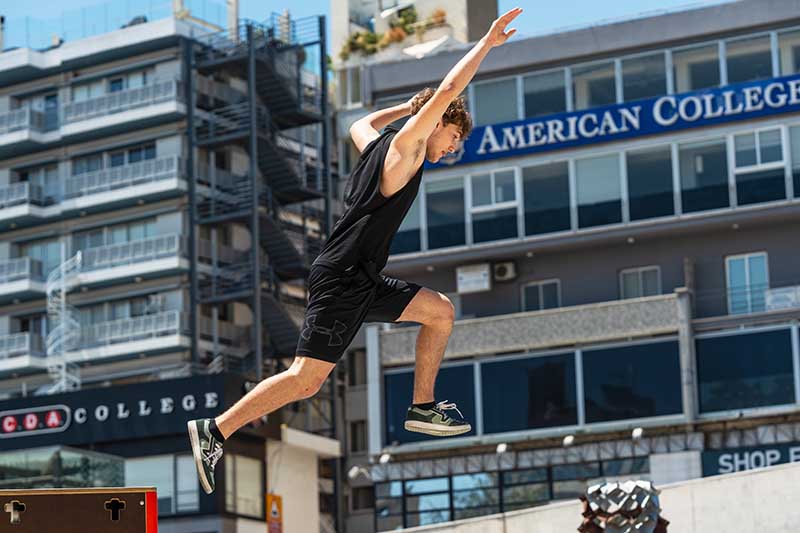
It wasn’t just the heat, though; speed just seems more appropriate than style when it comes to this discipline. Parkour is primal, says Andreas Patsias, a relatively casual practitioner who skipped the freestyle round altogether. It wakes up your ‘monkey brain’.
“It’s like we’re monkeys,” he explains. “We’re climbing, we’re using our body to run… Survival mode. You go into survival mode”.
The adrenaline rush comes not because the sport is especially dangerous but because it connects with some ancestral impulse, an obscure sense-memory from the days before Homo sapiens. “You feel you’ve got someone behind you who’s chasing you, you have to get away. So, go as fast as you can!”
Parkour isn’t macho. It doesn’t reward big muscles, or an aggressive temperament. One of the stars of the show is Aris Papalis, a slightly-built 16-year-old who wows the crowd with his sheer flow. The kid moves like water – and ends up running the course in 12.03 seconds, the best time of anyone, whether youth or adult. (The video below is actually of his first run, in a still-impressive 12.75 seconds.)
There’s a democratic vibe to the whole day. Corin Ozn, for instance – a 24-year-old Romanian with a shock of wavy hair who’s been practising parkour for nine years, though this is his first competition outside Romania – ends his first speed run with a cheeky back-flip, even though it’s technically a mistake that slows down his time. He’s a performer, he tells me, he can’t help himself. Parkour is about self-expression as much as anything.
Everyone around me seems to be expressing themselves – even the representative of the French Institute (the event is ‘under the auspices’ of both the Institute and the French embassy), who gives a rather impassioned speech to kick off proceedings.
To the organisers, we thank you, he says with feeling. To the athletes, “we admire your skills, your courage, your commitment”.
“Vive le parkour,” he proclaims. “Vive la France. And long live the friendship between Cyprus and France!” he adds, to warm applause.
It’s a day of speeches, and also a day of politicians trying to jump on the bandwagon. It’s a week before the local elections, and twice the mike is handed to a candidate – first mayoral hopeful Charalambos Prountzos, then Chrysanthos Fakas who’s running for deputy mayor – to fire the proverbial starting pistol and generally remind us of their existence.
“What can I say? Parkour means freedom,” says Prountzos, sounding like he read the same Wikipedia page as the rest of us. He assures the crowd (Fakas does it too) that he’ll support parkour once in office. Both men – as we now know – were successful in the elections, proof that being pro-parkour is a winning strategy that other politicians would do well to copy.
In between parkour runs, we have entertainment. Little kids make their own entertainment, inspired by the athletes to clamber up the Venetian walls and walk along the narrow ledge before the heat sends them running for drinks of water. For the rest of us, a performing duo do bicycle tricks, while a dance school has the crowd in phones-out mode with a blistering burst of hip-hop.
This is surely among the most bizarre (if endearing) aspects of modern life – the sight of middle-class, early-teenage girls dancing to the kind of belligerent music their parents probably wouldn’t want them listening to, if they weren’t in fact dancing to it.
“Nigga run up talkin’ stupid / Put a bullet in his knee,” barks 777Villain, as the girls strut their bodies and windmill their arms in perfect formation. No disrespect, of course; high-energy dancing in that heat must’ve been even harder than parkour – which does seem to be more of a male thing, though five of the 22 are girls and women. Maybe men have more of the aforementioned ‘monkey brain’, that buried memory of hunter-gathering ancestors chased by hungry tigers.
“The scariest thing is not about the tricks,” says Corin, grinning broadly. “It’s about the – psychic here,” he explains, pointing to his head (I presume he means ‘the psychology’). “Because the tricks, they’re kind of easy. But it’s more hard to break the barrier here.”
Corin is one kind of athlete, an adrenaline junkie. He’s been a skater, a footballer and a BMX rider as well as a parkour practitioner; he now wants to try boxing and kickboxing. “I’m a – super-active guy, I dunno how to say it.” 30-year-old Christos Tengeris, on the other hand, who won the men’s speed contest (Corin won the men’s freestyle), seems a lot more chilled, a physicist (!) looking for a lab job after years as a student and researcher.
He learned about parkour while studying in the US some years ago, “we had a parkour and freerunning student club. And that’s how I started, it was during my academic career. I wasn’t young. I was 23.”

Not that 23 is super-old, of course – but the point stands, namely that parkour works for all ages (you just have to find your level) because it’s not necessarily about pushing one’s body to the limit; like yoga, it’s just about moving. “Keep moving!” yell the Redpoint people encouragingly after an athlete stumbles – and Christos agrees: “Bruce Lee once said in one of his interviews, ‘Moving water never goes stale’.”
Maybe parkour is indeed the best – or at least most typical – sport for today, ticking all kinds of boxes. An individual sport for an individualistic society. A fast urban sport for a fast urban world. A sport that’s about constant movement, perpetual motion, in a 24/7 modern world that never stops. A sport with no rigid rules that’s about being flexible, doing whatever works in the moment. A sport that’s about self-expression, and being yourself. Above all, a sport that’s not really a sport, for a fuzzy Gen Z culture preaching harmony and tolerance.
Back to that radio presenter, who actually makes quite a similar point, praising parkour (an “alternative sport”) for its lack of competition between athletes – which seems daft when they’re literally competing for the top spot, but in fact he has a point. The mood is mellow at Renegade in Action, and I don’t think it’s because of the heat.
“Actually, the course today is very favourable to me,” says Christos (prophetically, it turns out) when I ask if he’s confident. “It has a lot of climb-ups and a lot of strides and plyos, jumping forward. Not too many underbars. I think it’s gonna be a good course for me.”
He shrugs pleasantly, as if to say ‘I’ll do my best’ – then smiles, looking around at his fellow parkour-ists. “But I try to be chill,” he explains, “and not to give much emphasis to the competition aspect.”
“I like the community aspect.”


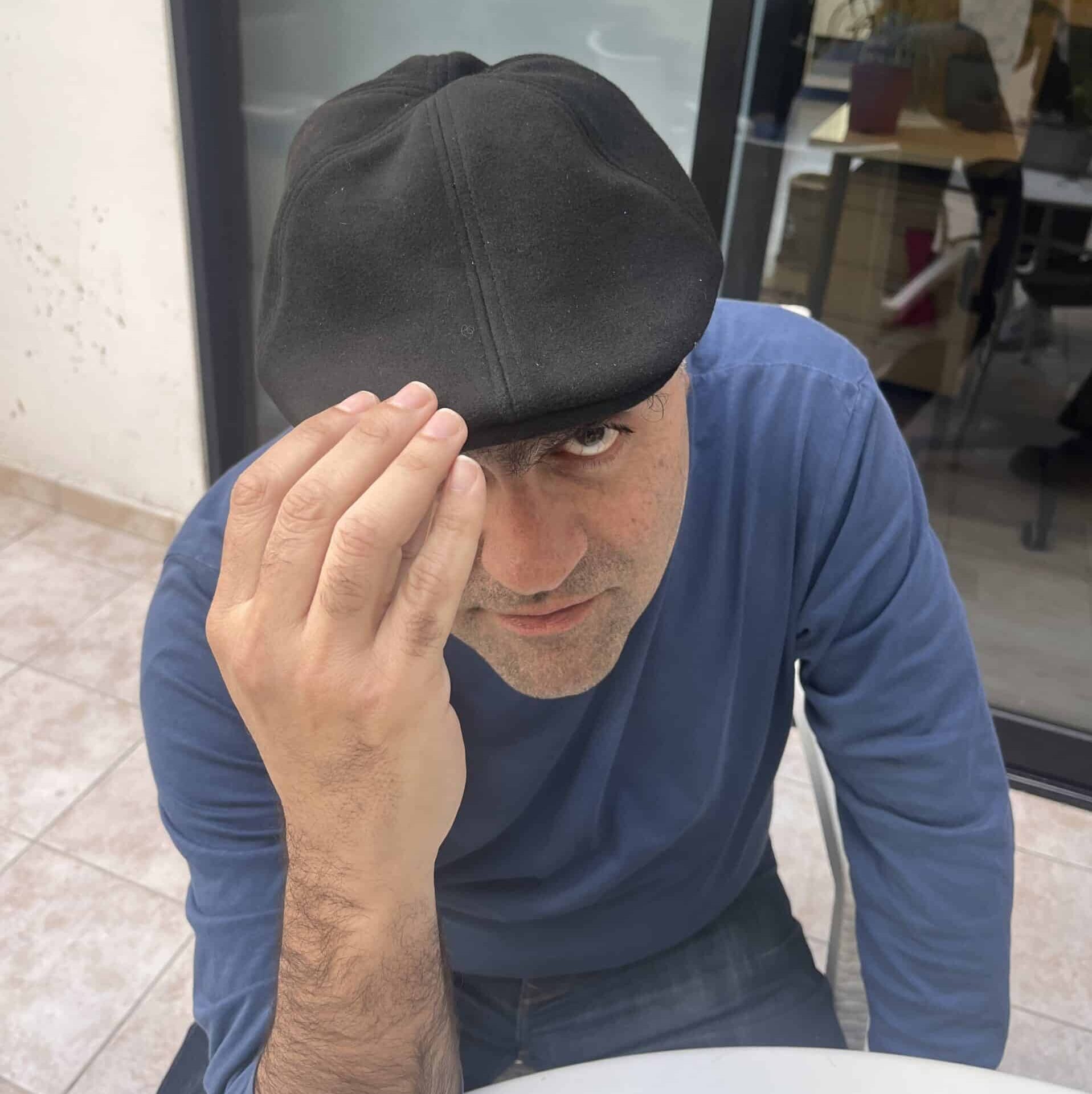

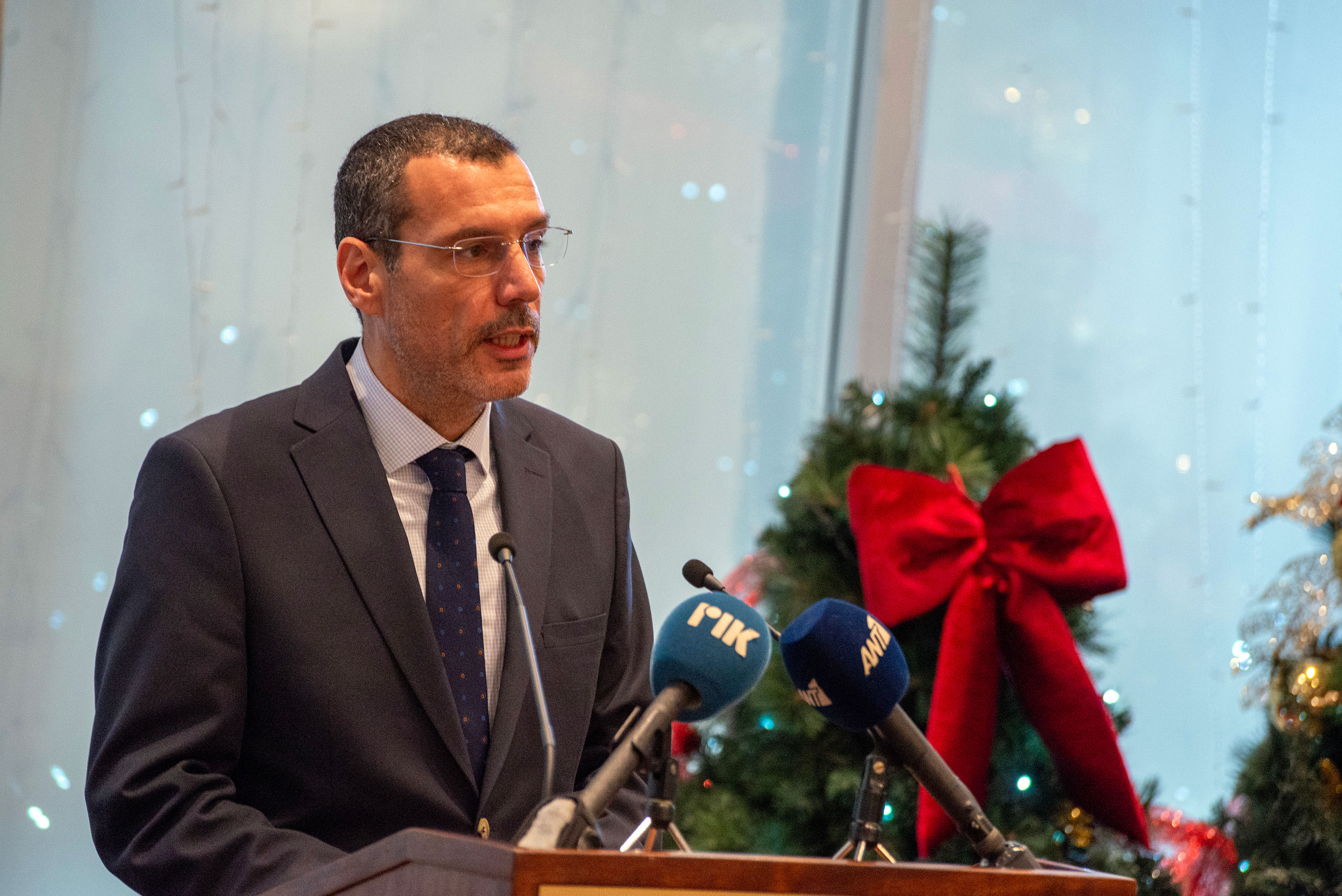
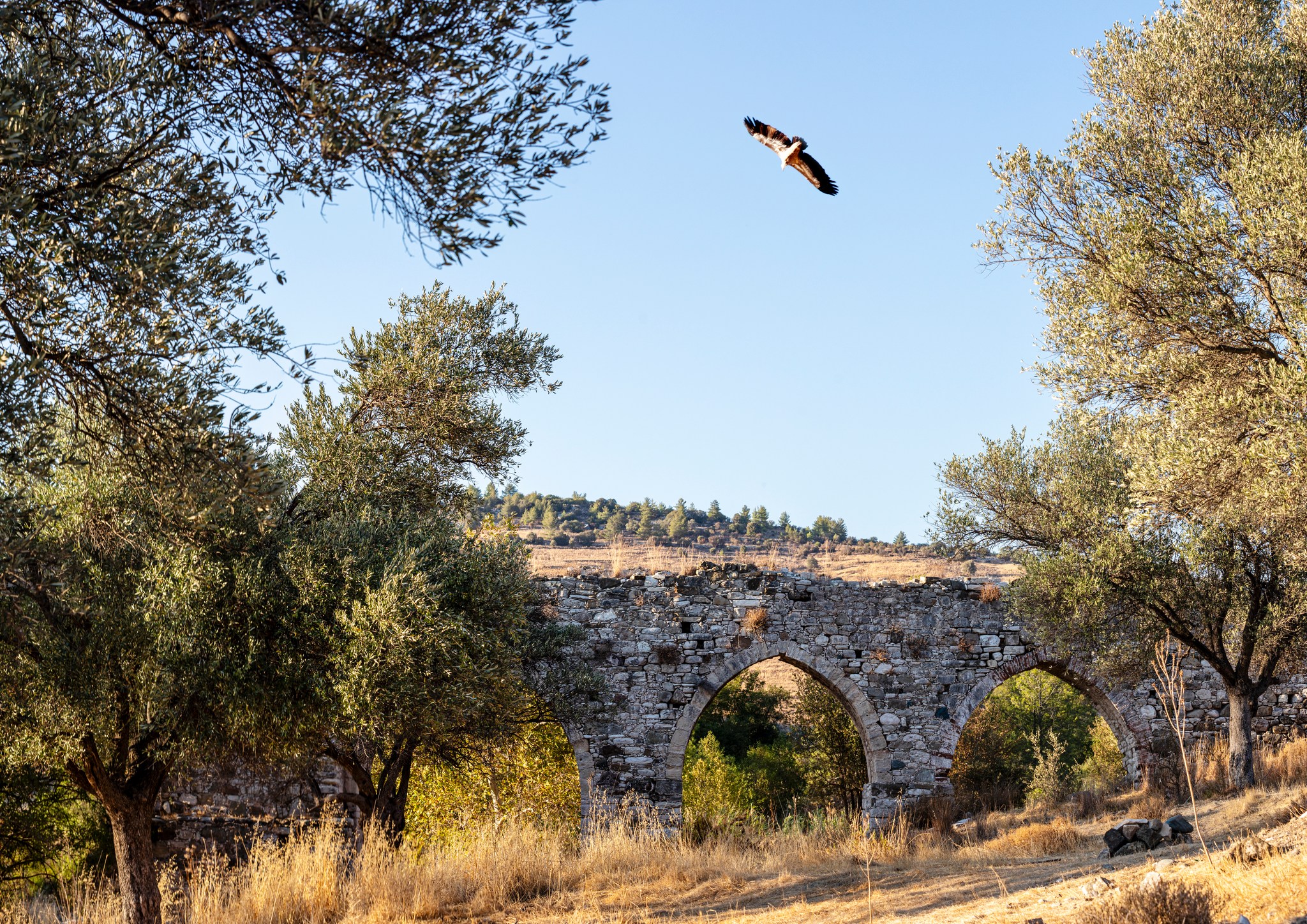
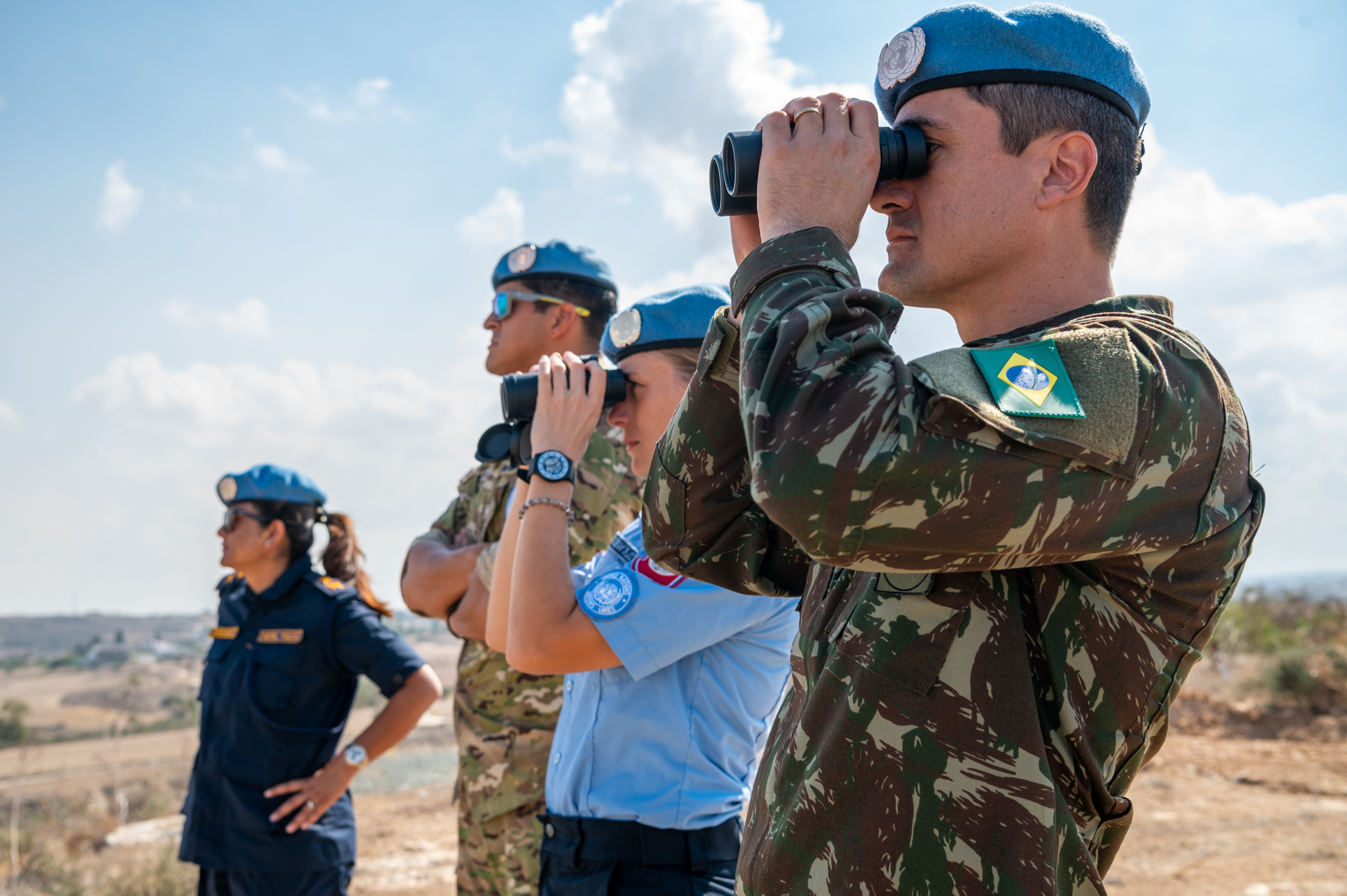
Click here to change your cookie preferences